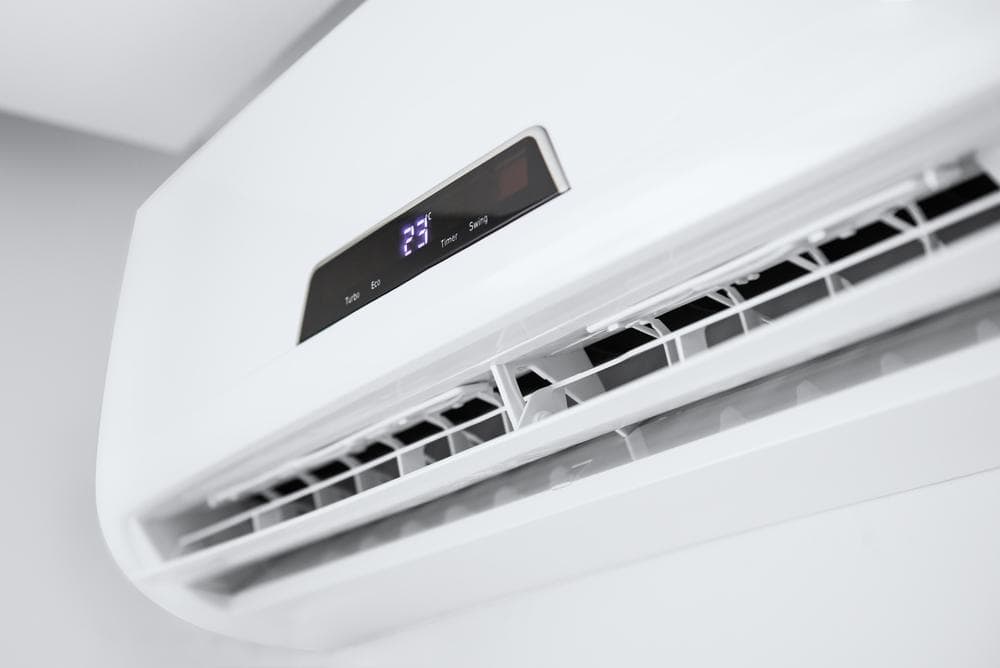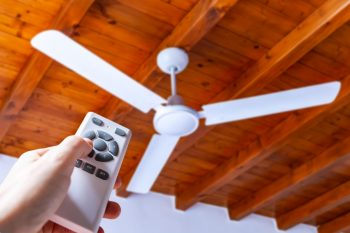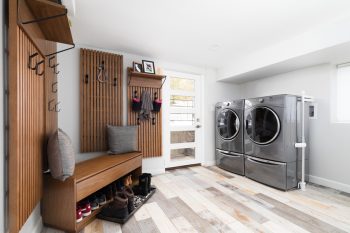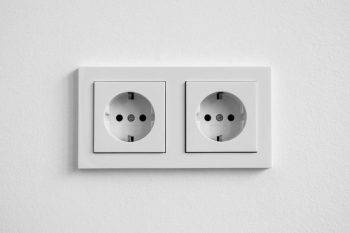
Wiring a central air conditioner is a complex task that involves both high-voltage and low-voltage connections. While it’s always recommended to hire a professional, understanding the basic steps can be beneficial. In this comprehensive guide, we’ll cover everything you need to know about wiring a central air conditioner, from the necessary tools and safety precautions to a step-by-step installation guide, common mistakes, troubleshooting, and when to call a professional.
Wiring a central air conditioner involves setting up both high-voltage and low-voltage connections. First, turn off the power at the main electrical panel. Install a new 240-volt circuit breaker in your main electrical panel. Run electrical cable from the service panel to an air conditioner disconnect switch near the AC unit. Install the outdoor unit, run wires and tubing from the disconnect switch to the AC unit, and connect the wires to the appropriate lugs in the control panel. Finally, turn the power back on and test the system. Always consult the manufacturer’s instructions and local codes for specific requirements and safety precautions. If unsure, it’s best to hire a professional.
Tools and Materials Needed for Wiring a Central Air Conditioner
The basic tools and materials needed for this task include:
- Phillips screwdriver
- Utility knife
- Wire stripper
- Pliers
- Screw-on wire connectors
- Non-contact voltage tester
- Flexible nonmetallic conduit and cable
Additionally, you may need a multimeter, a set of wrenches, and a power drill for various tasks during the installation process.
Safety Precautions to Consider When Wiring a Central Air Conditioner
Safety should always be your top priority when working with electricity. Here are some key safety precautions to consider:
- Turn off the circuit breaker before starting any electrical work.
- Install a dedicated circuit for your air conditioner.
- Ensure there is enough working space for a technician to safely work.
- Make sure all electrical wiring is properly grounded.
- Avoid using extension cords as a substitute for the air conditioner’s power cord.
- Don’t overload electrical circuits.
- Wear proper protective equipment.
- Follow lockout and tag procedures to ensure no one tries to turn the power back on while you’re working.
Step-by-Step Guide to Wiring a Central Air Conditioner
Here is a general guide to wiring a central air conditioner:
- Turn off the power at the main electrical panel.
- Install a new 240-volt circuit breaker in your main electrical panel.
- Run electrical cable from the service panel to an air conditioner disconnect switch near the AC unit.
- Install the outdoor unit on a level surface, ensuring it has proper clearance from walls and other obstructions.
- Run wires and tubing from the disconnect switch to the air conditioning unit.
- Connect the wires to the appropriate lugs in the control panel.
- Turn the power back on and test the air conditioning system to ensure it’s functioning properly.
Always consult the manufacturer’s instructions and local codes for specific requirements and safety precautions.
Common Mistakes to Avoid When Wiring a Central Air Conditioner
Avoid these common mistakes to ensure a safe and efficient installation:
- Choosing the wrong size AC unit
- Incorrect thermostat placement
- Improper drainage system
- Not sealing the system properly
- Adding incorrect refrigerant levels
- Loose or faulty wiring
- Attempting installation without proper experience
Troubleshooting Common Wiring Issues
If you encounter issues with your central air conditioner, refer to the wiring diagram to identify and troubleshoot problems. Common issues include foul odors, short cycling, increased electric bill, thermostat not working, tripping the circuit breaker, and faulty wiring.
When to Call a Professional
If you lack the necessary electrical experience, knowledge of HVAC systems, and proper tools, it’s best to call a professional. Improper wiring can lead to electrocution, electrical fires, and damage to the air conditioning unit.
In conclusion, wiring a central air conditioner can be a complex task, but with the right knowledge and precautions, you can ensure a safe and proper installation. Always remember to consult the manufacturer’s instructions and local building codes, and don’t hesitate to call a professional if you’re unsure about any part of the process.
Frequently Asked Questions
What is the purpose of a non-contact voltage tester?
A non-contact voltage tester is a safety tool that allows you to check if an electrical wire or device is live (has current flowing through it) without touching it. It’s crucial to ensure that the power is off before working on any electrical system to avoid electrocution.
Why do I need a dedicated circuit for my air conditioner?
A dedicated circuit ensures that your air conditioner has the necessary amount of electrical current to operate without overloading the circuit. Overloaded circuits can cause circuit breakers to trip or fuses to blow, potentially damaging your air conditioner and other appliances.
What is an air conditioner disconnect switch?
An air conditioner disconnect switch is a safety device that allows you to quickly and easily cut off power to your air conditioner. It’s generally located near the outdoor unit and is required by most local building codes.
What does it mean to ground electrical wiring?
Grounding electrical wiring involves connecting the electrical system to the earth using a ground wire. This provides a safe path for electrical current to flow in the event of a short circuit or other malfunction, reducing the risk of electrical shock and damage to your equipment.
What are the risks of using extension cords as a substitute for the air conditioner’s power cord?
Using extension cords for a long-term solution can lead to overheating, short-circuiting, and potential fire hazards. Extension cords are meant for temporary use and may not be rated for the amount of current an air conditioner requires. Always plug your air conditioner directly into a wall outlet or a dedicated circuit.












